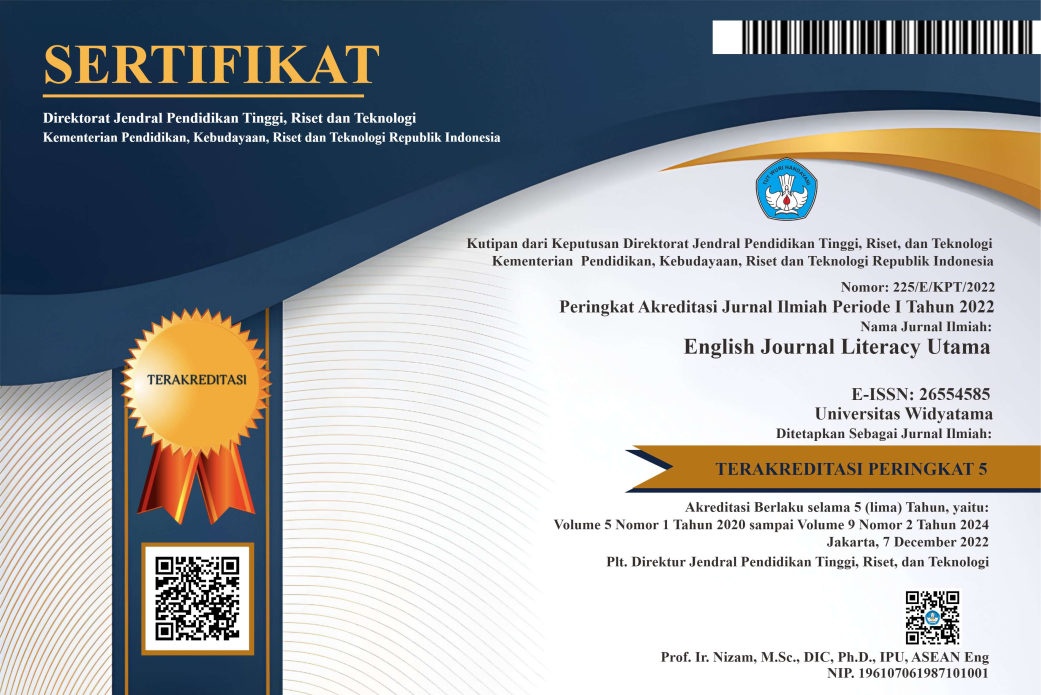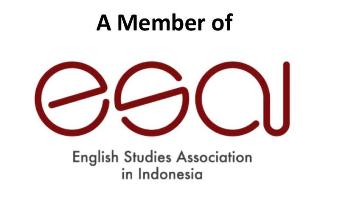LANGUAGE CHOICE AT THE AIRPORT WITHIN THE COVID-19 PANDEMIC
DOI:
https://doi.org/10.33197/ejlutama.v6i1.151Keywords:
language choice, linguistic landscape, signs, COVID-19Abstract
The COVID-19 pandemic has changed the way humans act in public, and airports are no exception. The sets of signs related to health protocols placed within the area of the airports are one of the stakeholders’ efforts to limit people’s physical behavior. This study aims to describe the language choice used in formulating the signs that curb the protocol for preventing the transmission of the COVID-19 at the airports. The data collected consist of the visual documentation of verbal signs related to the virus prevention protocols at I Gusti Ngurah Rai International Airport, Bali. Language variation found in all data are English and Indonesian languages. Within the scope of linguistic landscape, the data are analyzed by distinguishing between top-down and bottom-up signs, which, respectively, represent the airport authorities and the private parties. The results of this research show that, first, monolingual top-down signs are predominant with 10 signs, followed by seven bilingual top-down signs, two monolingual bottom-up signs, and one bilingual bottom-up signs. Second, in terms of language order and positioning, there are four signs with English positioned on top as the main language, and the same number of signs feature Indonesian as the main language. Third, the function of the signs is varied, with 14 signs are predominantly used for instruction, two signs for caution, one sign for direction, one sign for assertion, and two signs feature both instruction and assertion.















